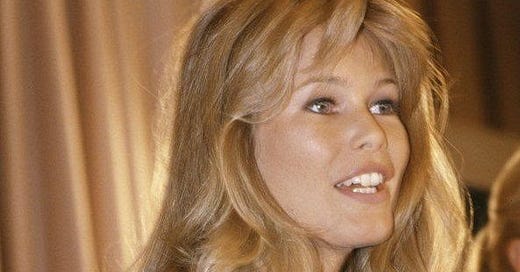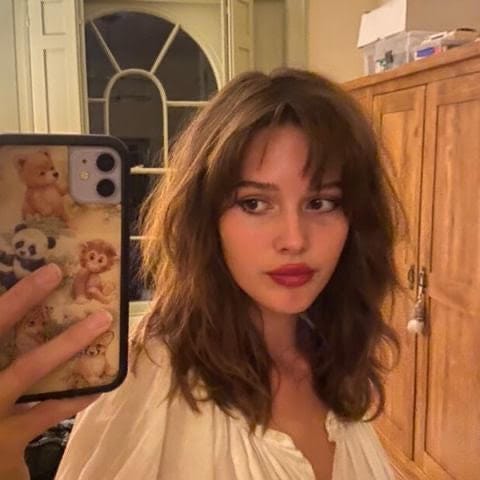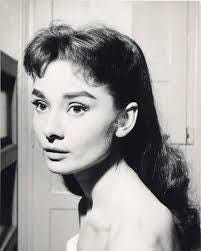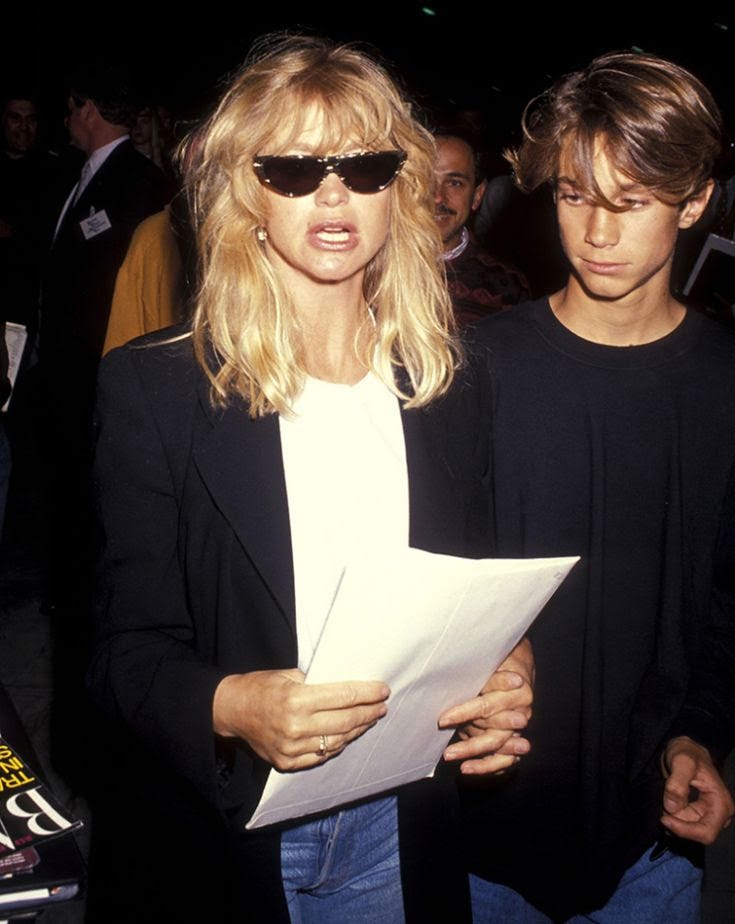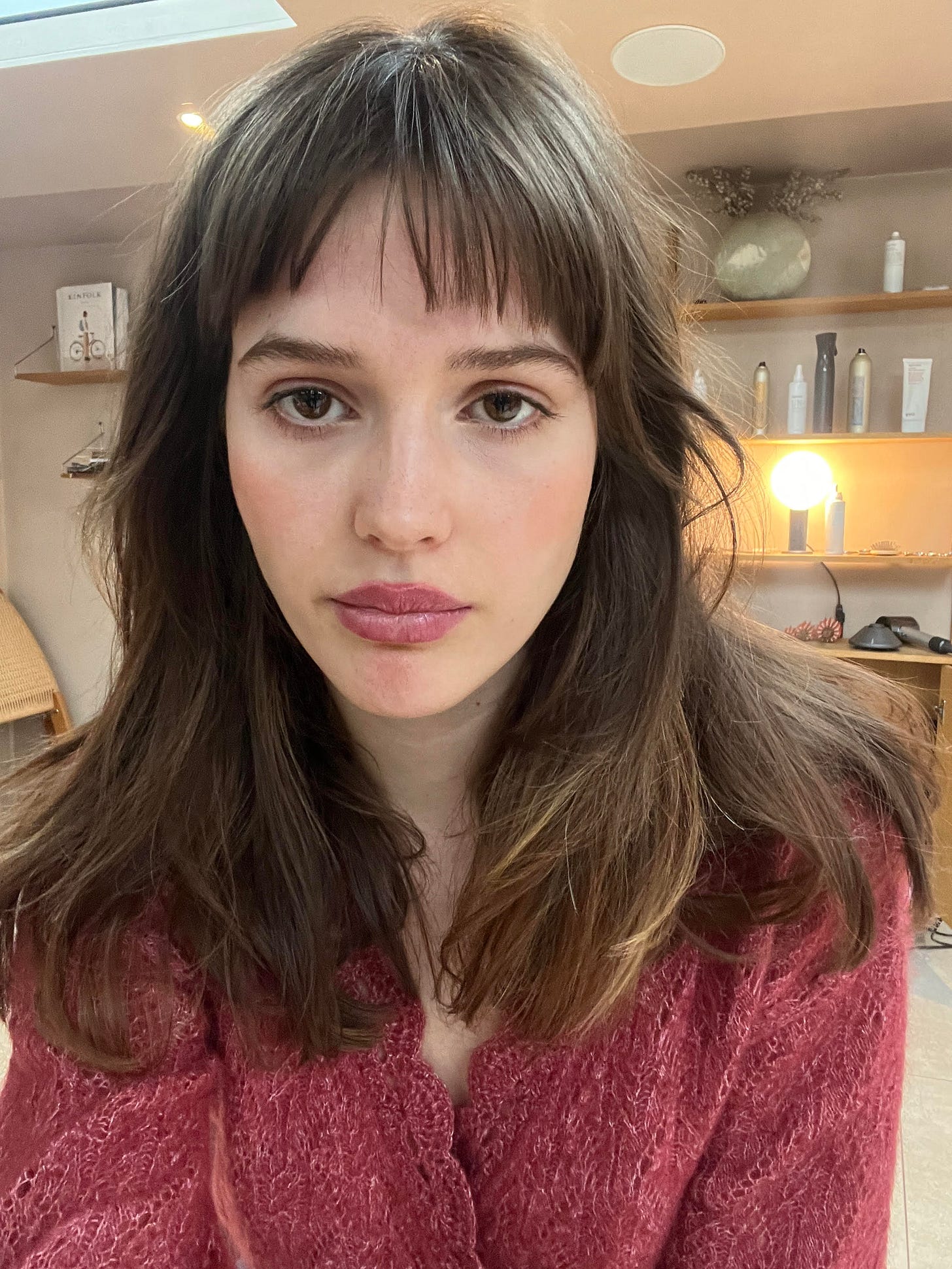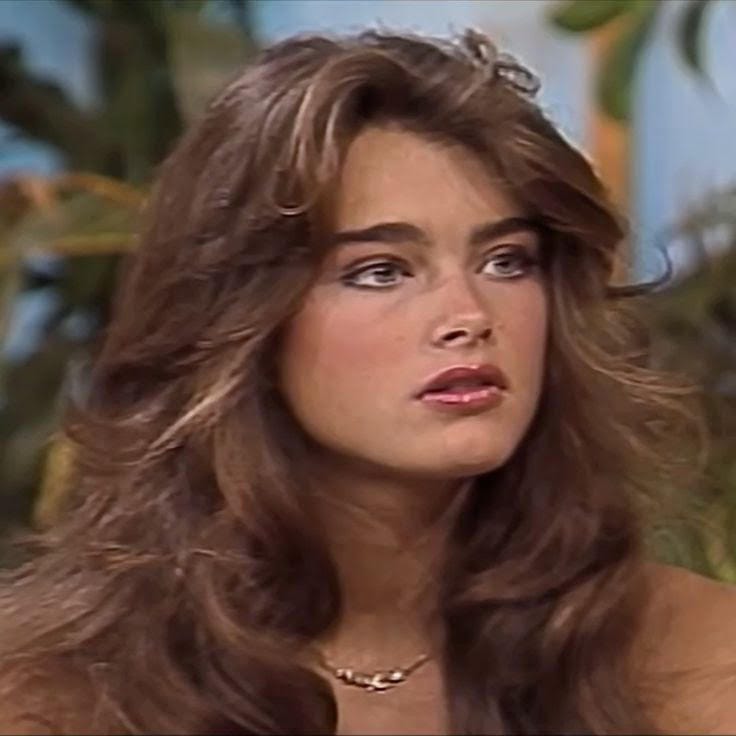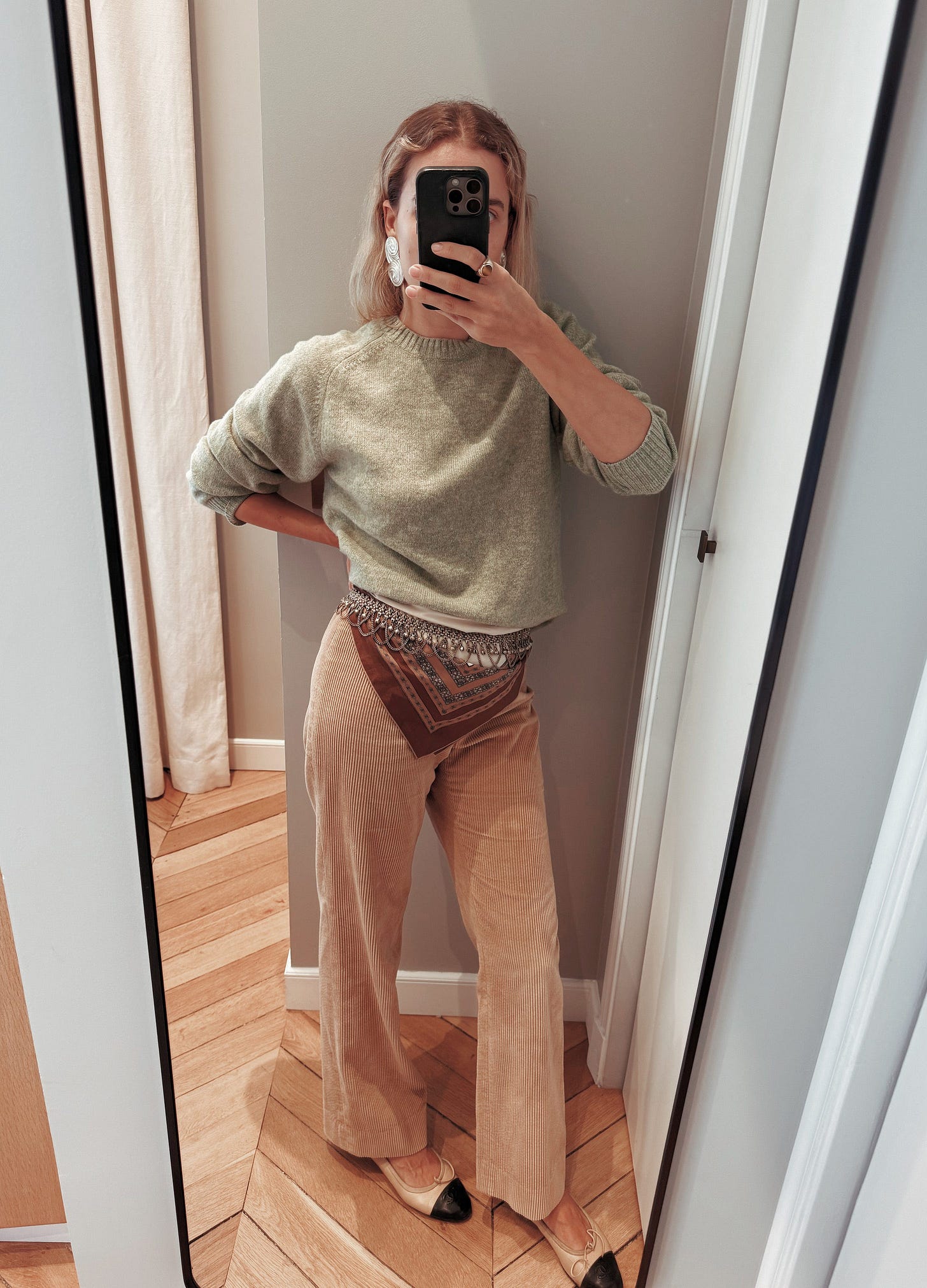Cowlick bangs?! Chic, chic!
That Audrey Hepburn, Brooke Shields, Claudia Schiffer flicky-hair thing
Cowlicks are cute! The name, borrowed from the visual of a mother cow licking her baby’s head and leaving the calf’s hair in a swirl, is adorable. Yet, I don’t know about you, but I’ve raged against my cowlicks — I have two at my hairline — for years. Whenever I pull my hair back into a ponytail, the hairs flick up like curly wires springing out of my temples. However, through reporting this story for Refinery29, I found myself going a lot softer on my wavy baby hairs — letting them fly.
I credit Nick Latham for shifting my perspective. Nick is an amazing hairstylist and salon owner in London. I follow his salon, The Hair Bros, on Instagram and was recently stopped by a Reel he posted of a client getting what he calls “cowlick bangs.” (They call it a “fringe” in London, but Nick said it’s cool to use bang; they’re synonymous.) I emailed Nick immediately with questions. In our correspondence back and forth, he explained that with cowlick clients (which make up at least a quarter of his clientele) he carefully considers their cowlick — how it bends and twists around the face — and that informs the haircut, and often, a really fucking great bang.
AND Nick pulled some incredible vintage examples of cowlick bangs, like Audrey Hepburn(!) and Goldie Hawn, which were sadly left on the cutting room floor of my final piece for R29. (Generally speaking, screenshots are not approved for publishing.) But I wanted to bring them here because they tell a cool story. Here’s our convo:
Megan Decker: First of all, what is a cowlick?
Nick Latham: It is a section of hair that grows in a different direction from the rest of the hair’s common flow. It can stick straight up or just lay at a completely different angle.
MD: You’ve said at least a quarter of your clients have cowlicks. How do they most often show up?
NL: Because we dry cut and every client at the salon arrives with their natural texture, [we have] a great head start. Often we can identify visually or a client will mention their cowlick. We always aim to embrace the texture or hair’s flow as opposed to battling it.
MD: What are some common misconceptions people with cowlicks have about their hair?
NL: There’s a common myth that bangs and cowlicks cannot work. We have never believed this and like to think that there is a bang for everyone when it is cut right.
In the past where fringes and bangs were perfect — straight and very blunt — it is true that a cowlick would cause chaos. But these days where everything is softer and hair moves more, a cowlick can actually work beautifully with your bang if it’s cut in the right way.
MD: So, what is a cowlick bang?
NL: We like to think a bang with a cowlick is more individual than any other. But it’s leaning into the subtle nuances that make them go from looking good to incredible. They’re different in the sense that they will not lie flat, the same as a typically thought-of bang. Instead, they have more volume and more of a bend, which can open up an individual’s eyes and complement features like cheekbones.
MD: Tell me about how this client’s appointment went — fabulous haircut! What was their cowlick like? How did you determine that a cowlick bang was a good style for them?
NL: We loved how our client’s hair opened slightly around the face and thought why not really lean into the nuances and bends? In came this bang!
MD: For someone at home reading this who has a cowlick and is now inspired to try a cowlick bang, what are your tips for how they might approach their next hair appointment with confidence?
NL: The desired length of the bang can be tailored. But we like to keep the middle of their bang slightly blunter than normal. This extra weight will help to add an element of control to the bang with day-to-day styling. Often we will keep a little more length past the corners of the eyebrows, which adds an element of versatility, especially if you want to brush the fringe back into a more 80-vibe blow-dry. Always choose your stylist wisely, and take advice. Start a little longer and judge how your bang is behaving before going shorter.
MD: How do you style a bang to work with the cowlick instead of against it? Any styling tips or products?
NL: Either use a non-dent hair clip to flatten the bang — bear in mind that the cowlick may rise throughout the day so don’t be too scared to go a little flatter earlier on. To do this, flatten the middle of the bang and use your fingers to bevel the edges into a soft 60s-esque shape. Remember, also, that bangs do not necessarily need to be parted in the middle and that some strands bending in slightly different directions is where the beauty of a cowlick fringe lays!
Another great option for a more full and blowdried effect is using a hairdryer and a round brush (or even a heated round brush) and setting the bangs forward and under in three fairly small sections. After doing this you can brush the bangs back into an up-and-over type of movement. Think Claudia Schiffer.
MD: Anything else you think people should understand about cowlicks, bangs, and how to style both together?
NL: Do your research with references, and explain yourself thoroughly in terms of your own hair and references. But also don’t obsess too much when styling. Remember, your bangs shouldn’t look the same every day. And that is the beauty of a cowlick.
I loved chatting with Nick! He makes me want to book a trip to London and put my hair (cowlicks) in his hands. This week, I found myself noting obvious cowlicks. Reading this issue of Harling’s Gumshoe, I screenshotted this image of Jamie Hunter for her fantastic outfit (need her perfectly-cropped sweater), but maybe more for her sweet cowlicks!
Now onto some extras for this week:
The art of an open-faced sandwich (aka smørrebrød).
Why being told to “just chill” is so frustrating.
This writer interned for RFK Jr. and had interesting insights.
The Cleo necklace - so chic!
Okay, that’s it!! Have a wonderful day, wherever you are!
Love,
Megan


